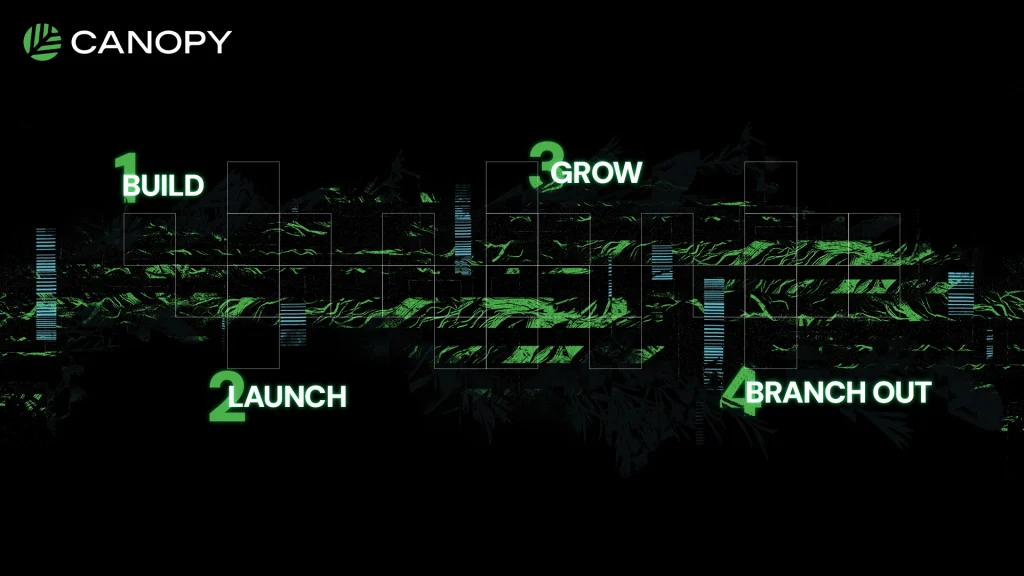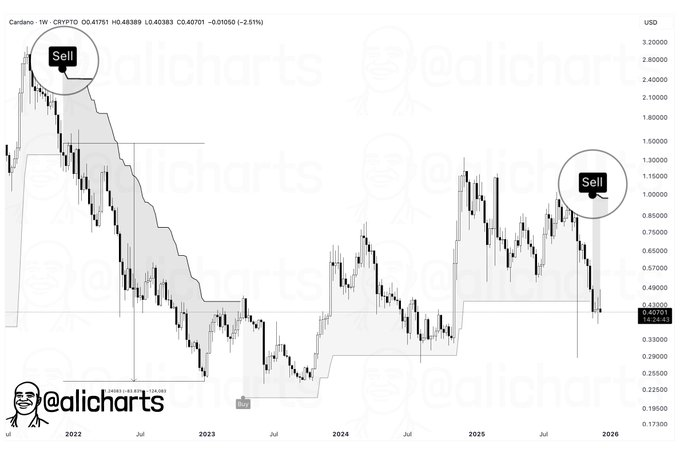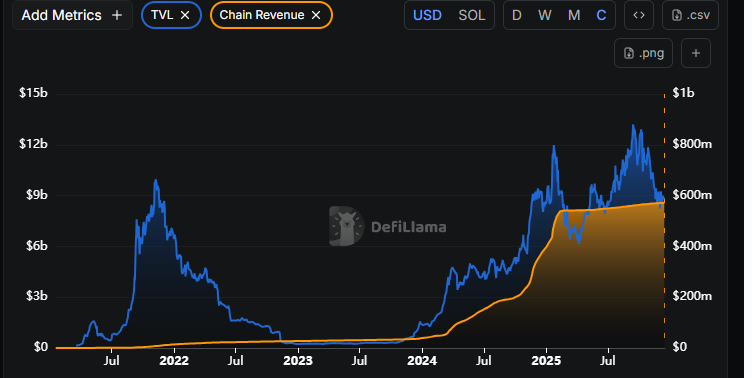Written by: Zhang Yaqi
Source: Wallstreetcn
The ongoing U.S. government shutdown is pushing the Federal Reserve into an unusually difficult position. If key employment and inflation data remain unavailable before the December FOMC meeting, policymakers may be forced to make a critical rate decision in an information "vacuum," greatly increasing the likelihood that they will "blindly cut rates" along the established dovish path.
According to Trading Desk, a report released by Bank of America on October 28 indicates that the scenario of the Fed being "completely in the dark" at the December meeting is becoming increasingly realistic. The report points out that not only is there no progress in ending the government shutdown, but even if the government reopens, it could take months for data flows to return to normal.
This lack of data exacerbates divisions that already exist within the FOMC. A dovish camp, possibly including Chair Powell, may insist on the rate cut path implied in the September "dot plot." However, hawkish members of the committee are likely to oppose a third rate cut this year in the absence of new evidence of economic weakness.
For investors, this unprecedented uncertainty sharply increases the risks surrounding the December meeting. The final policy decision may no longer depend on the latest economic indicators, but rather on a divided committee weighing old expectations against new risks. This could result in both hawks and doves casting dissenting votes, bringing even greater volatility to market expectations.
Data Shortages May Intensify Internal Divisions
Bank of America's analysis suggests that the September FOMC meeting already exposed deep divisions among policymakers in assessing downside risks to the labor market. At that time, a slim majority believed these risks were sufficient to support at least a 75 basis point rate cut within the year.
In the absence of new data, this dovish group is likely to push for the realization of the September dot plot's expectations. The report notes that some dovish members may even believe that a prolonged government shutdown itself amplifies downside risks to economic activity, providing yet another reason to support rate cuts.
However, the hawkish forces within the committee cannot be ignored. The September dot plot shows that seven FOMC participants supported only one rate cut this year. Bank of America believes this camp includes voting members Barr, Goolsbee, Musalem, and Schmid. While they are not expected to object to a rate cut at this week's meeting, pushing for a third rate cut in December may be "a step too far" for them, especially as state-level unemployment claims remain stable. This increases the risk of at least one hawkish dissent at the December meeting; additionally, dovish member Miran may also cast a dissenting vote.
Timing of Data Recovery Determines Policy Path
The Fed's final decision in December will heavily depend on when the government shutdown ends and how quickly economic data can catch up. Bank of America has outlined several scenarios.
Scenario 1: An "outdated" September employment report is available before the end of November. If the government reopens before the end of November, the market should be able to see the September employment report before the December meeting. The report suggests that weak data would reduce the risk of hawkish dissent, but even strong data is unlikely to persuade Powell to pause rate cuts, as the report would be considered "outdated."
Scenario 2: Both September and October employment reports are available in early November. If the shutdown ends in early November, allowing the Bureau of Labor Statistics (BLS) to release two reports before the December meeting, the situation becomes more complex. In this case, if the unemployment rate remains steady at 4.3% and economic activity data from September to October is robust enough, a "pause in rate cuts" in December becomes a possible option.
Scenario 3: Data fully catches up, with three employment reports available. The ideal scenario is for the government to end the shutdown soon, allowing the BLS to conduct surveys for both October and November, and release all three employment reports (September, October, and November) before the December meeting. In this case, Bank of America proposes a rule of thumb for decision-making: if the November unemployment rate is at or below 4.3%, the Fed will likely keep rates unchanged in December; if the rate is at or above 4.5% (in line with the Fed's Summary of Economic Projections, SEP), it will prompt a rate cut. If the unemployment rate falls in the middle at 4.4%, the December decision will be a "close call" and will depend on a broader stream of data, including inflation.



